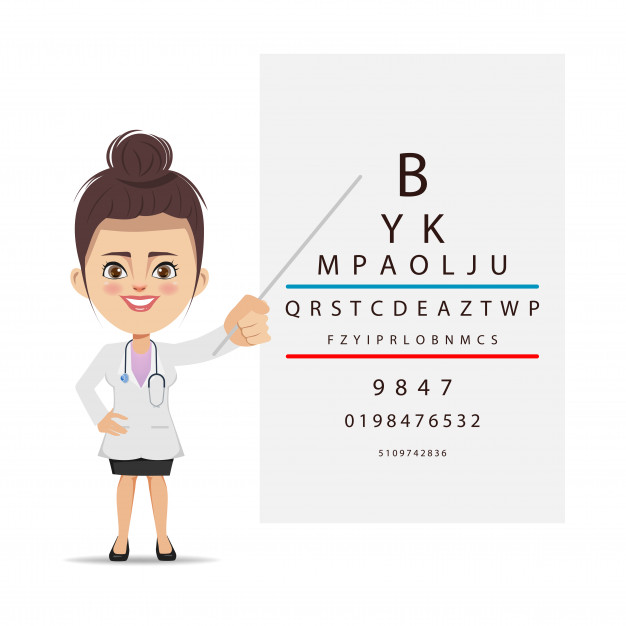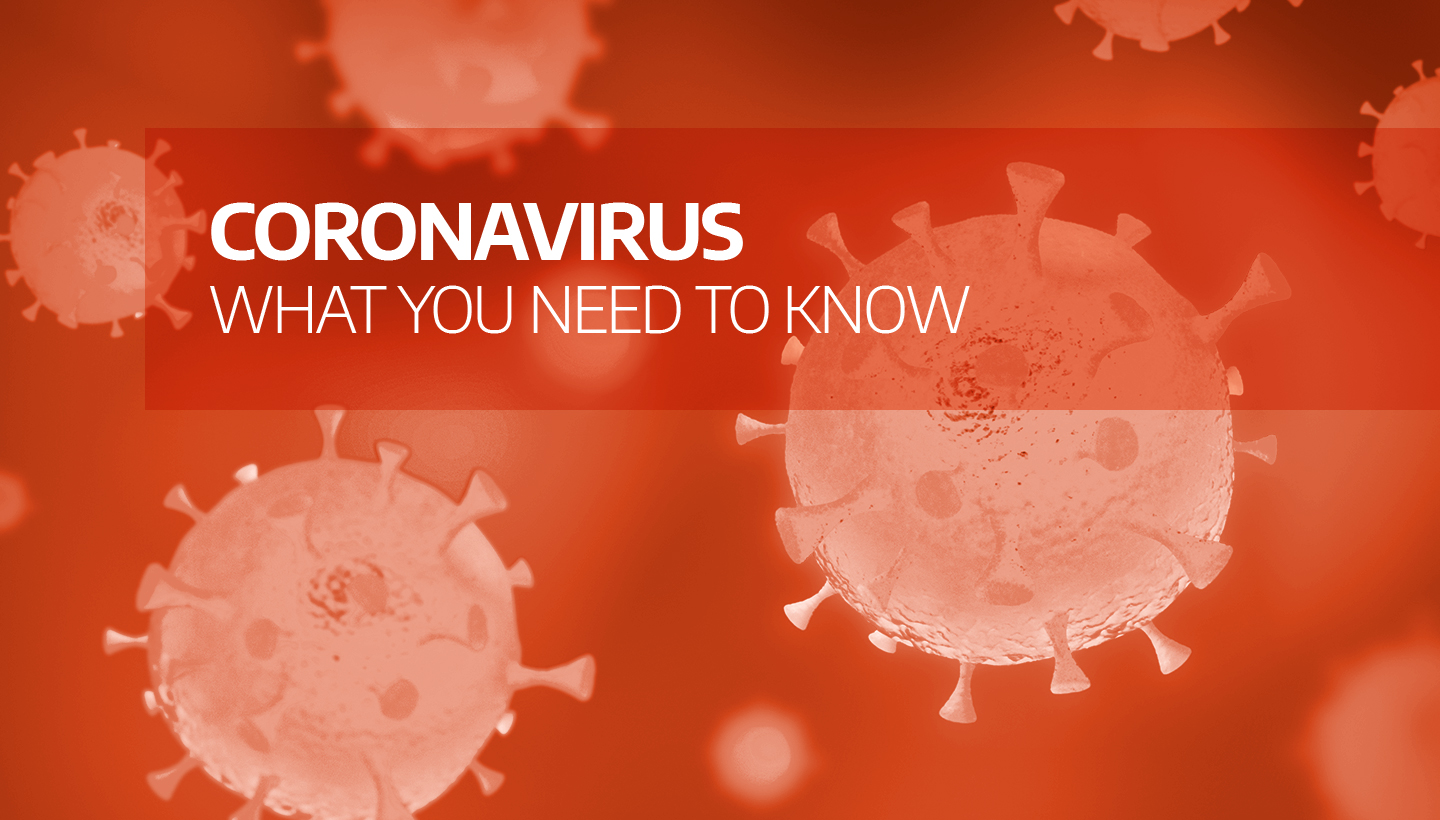Did you know that Leo Tolstoy, Agatha Christie, Edgar Allen Poe, Socrates, Charles Dickens, Lewis Carroll, Leonardo Da Vinci, Vincent Van Gogh, Aristotle, Pythagoras, Beethoven, Michelangelo, and Sir Isaac Newton all had something in common? Aside from being famous and successful in their fields, they all had epilepsy.
What is Epilepsy?
Epilepsy is a central nervous system (neurological) condition associated with abnormal brain activity, which causes seizures or episodes of erratic behavior and loss of cognition in some cases. Everyone is susceptible to epilepsy, including men and women of all races and nationalities. Regarded as the fourth most common neurological illness, epilepsy, or “seizure fits,” affects people of all ages. Lack of sleep, alcohol, missing prescriptions, fever, and fasting are all common seizure triggers.
| Do you know? According to the WHO, over 50 million people worldwide have epilepsy, with developing countries accounting for 80 percent of those affected. Seizures related to epilepsy affect around 10 million people in India. Not everyone who suffers a seizure (convulsions) has epilepsy. In a 1:20 ratio, there is at least one epilepsy fit case. According to physicians, just one in every 200 people develops epilepsy over their lifetime. |
Causes of Seizures
- Brain damage caused by prenatal and perinatal trauma
- Congenital anomalies
- Infections of the brain
- Stroke and Tumors of the brain
- Accidents/Injuries to the head
- A high temperature for a long period
Epilepsy Symptoms
Seizure symptoms might vary considerably. During a seizure, few people stare blankly for a few seconds, while others move their limbs or legs regularly. A lone seizure does not necessarily indicate that you have epilepsy. For an epilepsy diagnosis, at least two seizure attacks without a known trigger that occurs at least 24 hours apart are usually taken into account. Epilepsy signs and symptoms include-
- Unexpected twitching
- Jerking actions of the arms and legs that are uncontrollable
- Loss of consciousness
- Pricking sensation in the arms or legs
- Muscle stiffness in the arms, legs, or face
Types of Seizures
Generalized seizures appear to include all regions of the brain, these include:
- Absence seizures- These types of epilepsy fits most commonly affects children. They continue between 5 and 10 seconds, identified by subtle body movements like eye blinking or mouth smacking. These seizures can occur in clusters up to 100 times each day and cause a momentary loss of consciousness.
- Tonic seizures- Tonic fits provoke muscle stiffness and may impair consciousness. These convulsions typically affect the muscles in your back, arms, and legs, causing the affected to fall to the ground.
- Atonic seizures- Often known as drop seizures, atonic fits cause loss of muscle control. It most commonly affects the legs and frequently causes a person to collapse or fall.
- Clonic seizures- Are repetitive or rhythmic jerking muscular movements, most commonly felt in the neck, face, and arms.
- Myoclonic seizures- Are quick, short jerks or twitches that affect the upper torso, arms, and legs.
- Tonic-clonic seizures- Can induce a sudden loss of consciousness, loss of bladder control, and stiffening, twitching, and trembling of the body.
| National Epilepsy Day Every year on November 17th, India observes National Epilepsy Day to raise awareness about epilepsy. Epilepsy is a chronic brain condition characterized by recurrent seizures or ‘fits’ generated by sudden, excessive electrical discharges in the neurons (brain cells). |
Epilepsy: Myths vs Facts
People with epilepsy are unable to live a regular life.
False: According to doctors, people with epilepsy can live a regular life, including working and studying. They should, however, get enough sleep regularly and avoid working night shifts.
Epileptics are unable to play games.
False: they can participate in all indoor and outdoor activities; nevertheless, games such as adventure sports and swimming should be avoided.
Epilepsy Diagnosis and Epilepsy Treatment
Epilepsy is treatable, and epileptics can now live normal lives after receiving treatment.
Epilepsy treatment is initiated after a medical consultation. The duration of treatment depends on the type of epilepsy and the epilepsy causes. Anti-epileptic medications are available, and neuro epidemiological studies suggest that seizures can be managed in 75-80% of patients, while the remaining 20% need surgical treatment. EEG, MRI, and CT scans diagnose epilepsy. These tests can identify the cause and kind of seizure and any structural abnormalities in the brain.
Consult expert Neurologists on the Gigadocs app, if you or your loved one experiences-
- A seizure lasting for more than five minutes.
- Irregular breathing patterns after a seizure.
- A second seizure follows immediately after the first.
- A high fever after a seizure.
- Injury during the seizure.
- Continue to have seizures even though after taking anti-seizure medication.
To consult the best experts around you, download the Gigadocs App from-
- IOS App – apple.co/2W2iG4V
- Android App – bit.ly/33AQoRC
To know more and schedule a Virtual Consultation demo, e-mail at info@gigadocs.com




